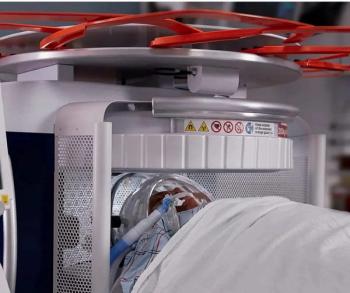
Lesion size and patient age predict pathology for breast cancer
Lesion size, patient age, and current ipsilateral breast cancer are statistically significant predictors of pathologic outcome for nonmasslike enhancement lesions seen on breast MRI, according to a scientific session presented on Sunday at the RSNA 2009 meeting.
Lesion size, patient age, and current ipsilateral breast cancer are statistically significant predictors of pathologic outcome for nonmasslike enhancement lesions seen on breast MRI, according to a scientific session presented on Sunday at the RSNA 2009 meeting.
Nonmasslike enhancement lesions (NMLE) show up regularly on breast MRI, and the current study, by Dr. Eugene Ong, a radiologist in Singapore, validates specific BI-RADS modifiers for the lesions.
In the prospective study of 565 MR-guided breast biopsy cases, 215 cases were reported as NMLE. Of those lesions, 159 were benign and 46 were malignant. Nearly half of the malignant lesions (53.6%) were in situ carcinoma and the rest were invasive. There was no difference in average size of malignant (3 cm) and benign NMLE (2.5 cm). However, the researchers found lesions greater than 4 cm were more likely to be malignant.
Another interesting factor for predictors of outcome was age. The mean patient ages for benign and malignant lesions were 48 years and 55 years, respectively.
Lastly, ipsilateral breast cancer played a role in pathologic outcome. A greater proportion of malignant NMLE was found in patients with ipsilateral breast cancer compared with all other patients, Ong said.
In 35 cases with NMLE ipsilateral to a recent breast cancer, 45% were malignant.
The most common internal enhancement patterns for the lesions were clumped, followed by heterogeneous, which accounted for 80.5% of all NMLE. The positive predictive value was 28% for each.
Newsletter
Stay at the forefront of radiology with the Diagnostic Imaging newsletter, delivering the latest news, clinical insights, and imaging advancements for today’s radiologists.

























